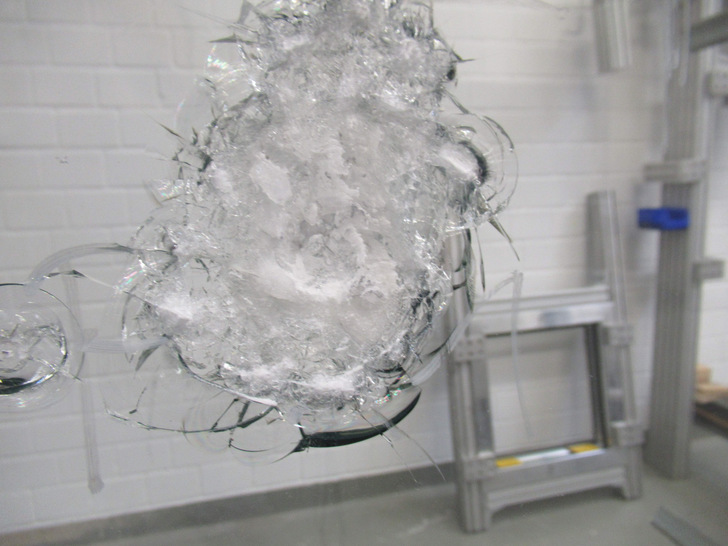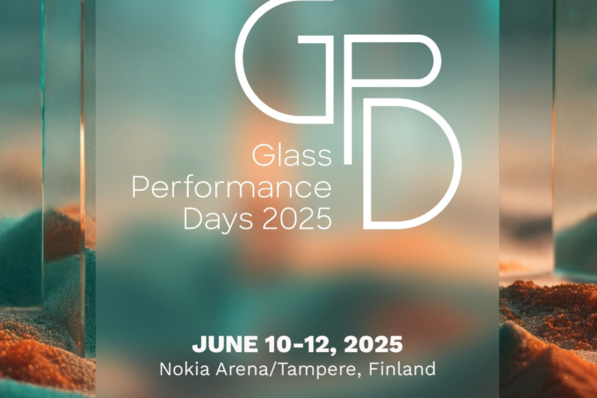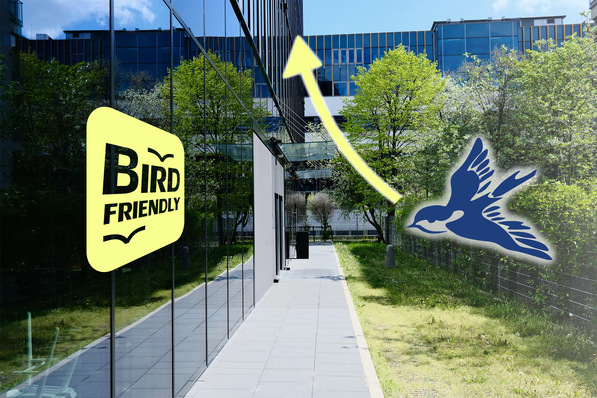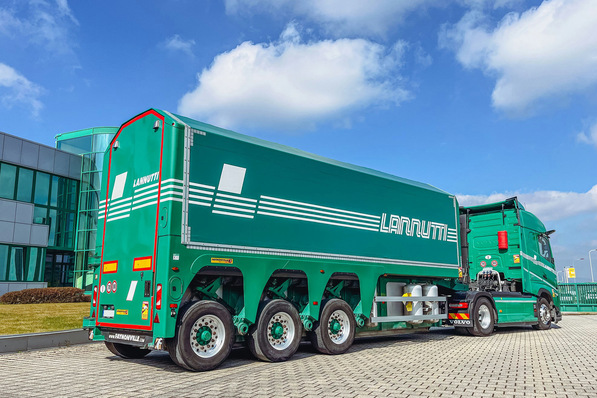Anti-panic doors are designed to open easily from the inside in emergencies, such as fires, via a push bar or handle. However, this function also makes them vulnerable to break-ins if the glazing is destroyed from the outside. Traditionally, such doors use laminated safety glass with a polycarbonate core to achieve the required resistance class.
Vetrotech has now succeeded in developing an RC2 anti-panic glazing solution that dispenses with polycarbonate while still passing the stringent tests defined by EN 1627 and EN 1630. The result is a product that meets all relevant safety standards while offering improved optical and mechanical performance.
Lighter, thinner, brighter – and easier to process
Whereas polycarbonate used to provide the required impact resistance, this function is now achieved through advanced interlayer films. The benefits are clear: Vetrogard Attack RC2.21 offers a higher light transmission of 86% (compared to 81% for polycarbonate), is 2 mm thinner, and does not need to be bonded to the frame profile, making installation easier. In addition, the glass can be produced in larger sizes – up to 1600 mm x 3450 mm.
For higher resistance classes (RC3 to RC5), Vetrotech will continue to offer polycarbonate-based safety glass, as film-based alternatives would currently be too thick and heavy for use in anti-panic doors and escape systems.














